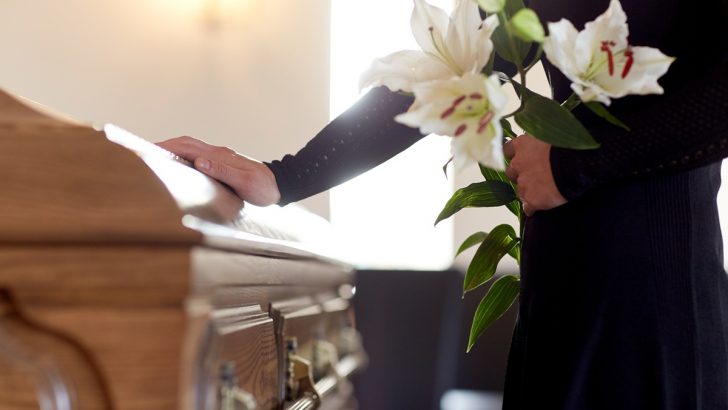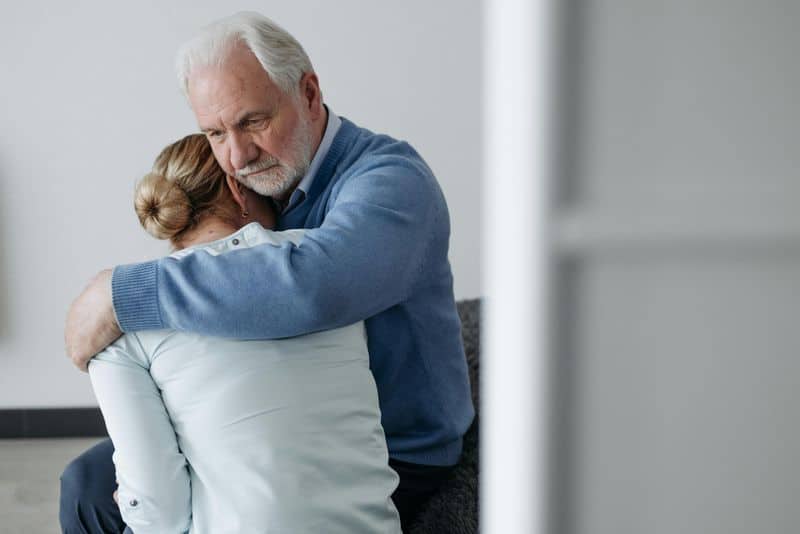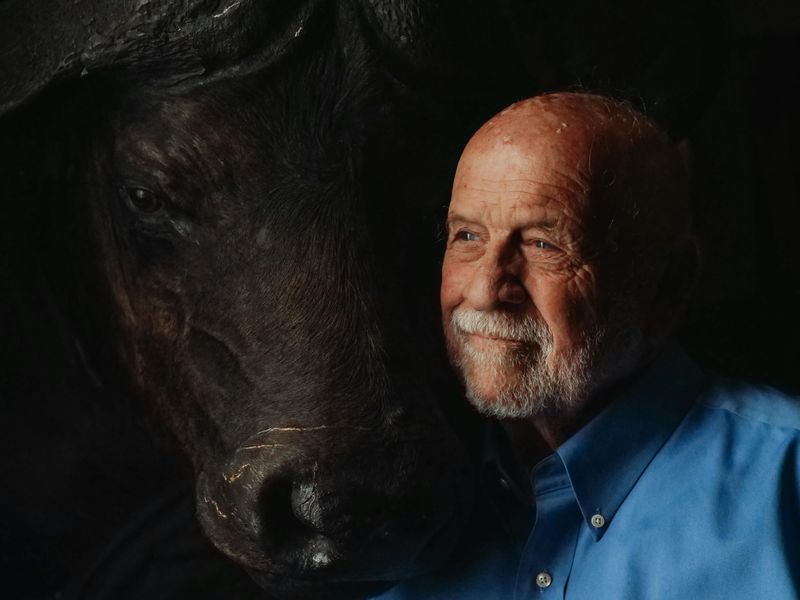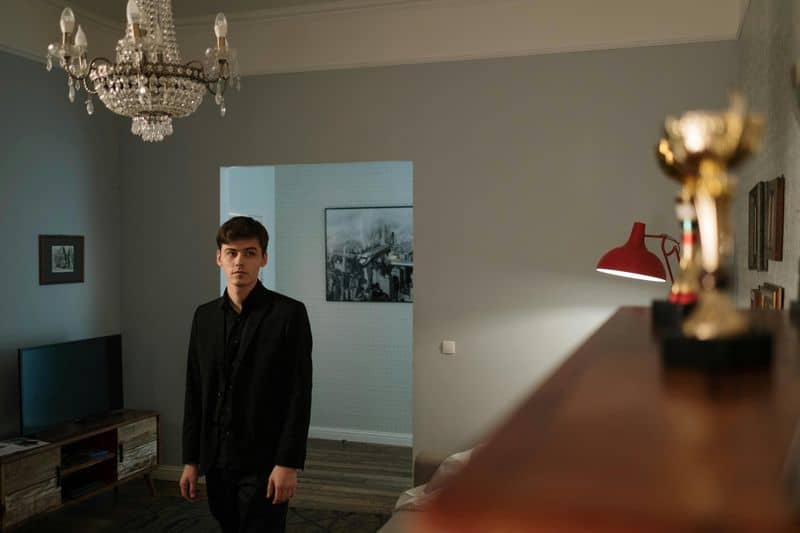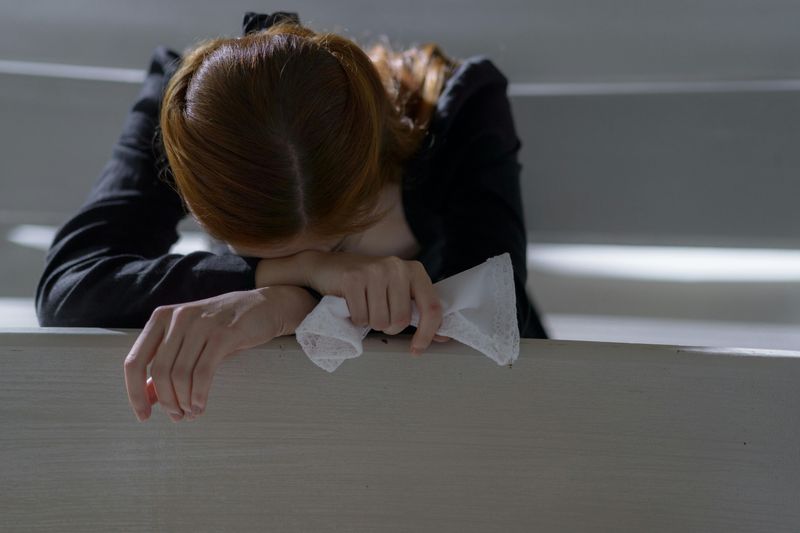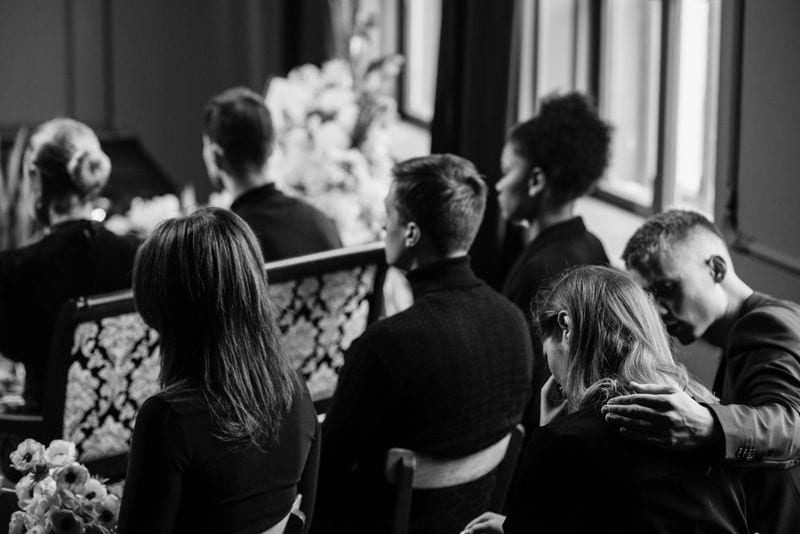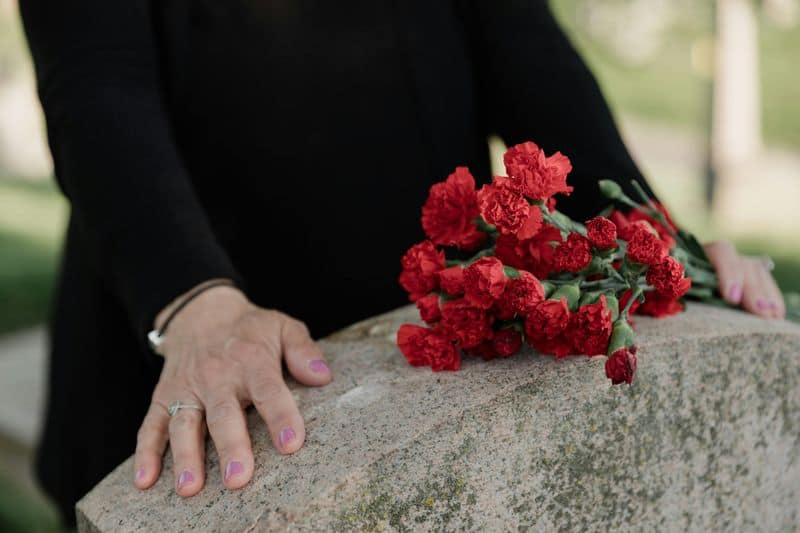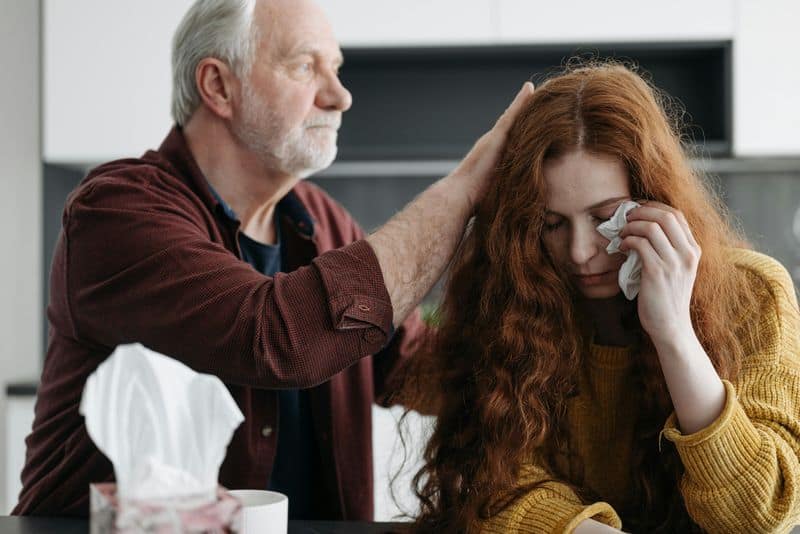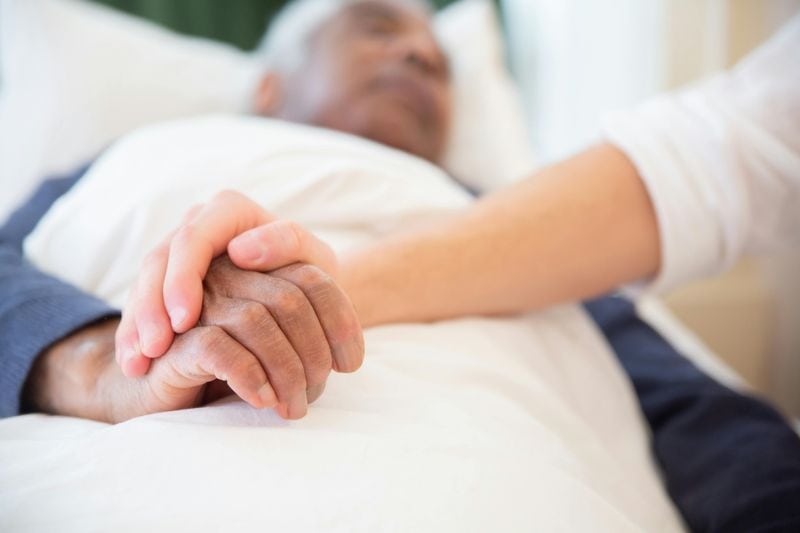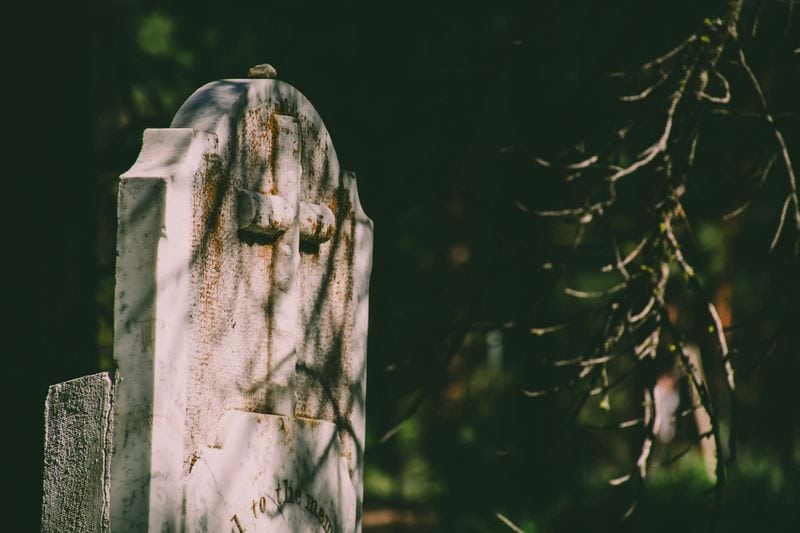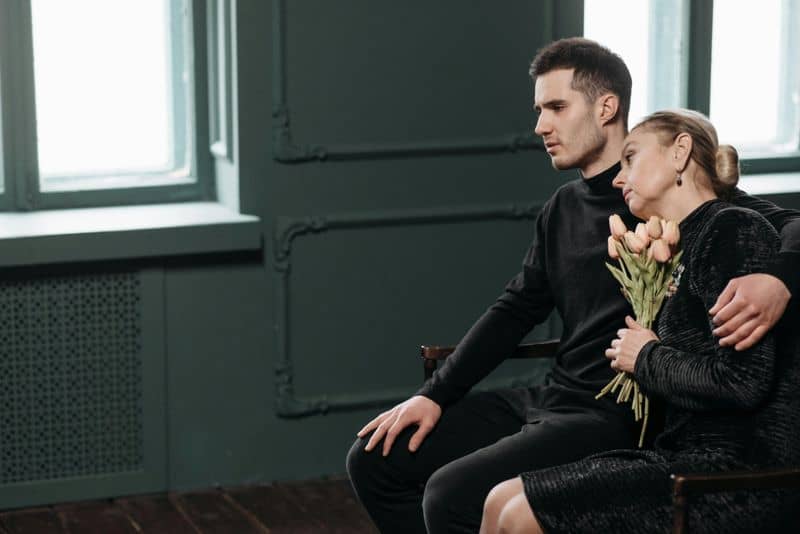Death is something we all face, yet it’s wrapped in so many myths and misunderstandings. These false beliefs can make us more scared than we need to be or cause us to make poor choices about end-of-life care.
By clearing up some common myths about death, we can approach this natural part of life with more peace and wisdom.
1. Talking About Death Brings Bad Luck
Many cultures hold the superstition that discussing death somehow invites tragedy into our lives. Nothing could be further from the truth! Open conversations about mortality actually help families prepare emotionally and practically.
When we talk about our wishes for end-of-life care or funeral arrangements, we reduce stress for our loved ones later. These discussions can be healing and bring families closer together.
Rather than attracting misfortune, talking about death helps us live more fully by clarifying what matters most to us while we’re still here.
2. Death Always Hurts
The fear of dying in agony haunts many people, but modern medicine has transformed this reality. With advances in palliative care, most people can experience a peaceful, pain-free transition.
Hospice professionals are specially trained to manage symptoms and keep patients comfortable. Many who work with the dying report that the actual moment of death is often gentle, like drifting off to sleep.
Physical discomfort can usually be controlled with appropriate medication and care techniques. The body has natural mechanisms that often create a sense of calm during the final moments.
3. Only Old People Die
While most deaths occur in older age groups, mortality doesn’t discriminate by birthdate. This myth persists because it comforts us to think death is predictable and far away when we’re young.
Life’s fragility applies to everyone, regardless of age. Accidents, rare diseases, and unexpected medical events can affect people at any stage of life.
Understanding this reality isn’t meant to frighten but to inspire us to value each day. When we recognize that time isn’t guaranteed, we’re more likely to prioritize meaningful relationships and experiences rather than postponing joy.
4. There’s One Right Way to Grieve
Grief doesn’t follow a tidy roadmap with predictable stages everyone must pass through. The popular five-stage model was never meant to be a rigid template, yet many feel they’re grieving “wrong” if they don’t experience each stage in order.
Some people cry openly while others process silently. Some feel relief after a long illness ends, then guilt for feeling relieved. Cultural backgrounds heavily influence grieving styles too.
Your grief fingerprint is as unique as you are. The healthiest approach is honoring your authentic reactions without judgment or artificial timelines for “getting over it.”
5. Viewing The Body Brings Closure
Funeral directors often suggest viewing the deceased provides necessary closure. For some mourners, seeing their loved one’s body helps make the loss real and begins the healing process.
However, this practice isn’t universally beneficial. Some find viewing traumatic rather than therapeutic, especially if illness or injury altered the person’s appearance. Many cultures and religions have different practices around viewing the deceased.
True closure isn’t a single moment but an ongoing journey through grief. What brings peace varies widely among individuals—some find comfort in memories, rituals, or creative expressions of their loss instead.
6. Funerals Are Just For The Dead
Funeral ceremonies date back thousands of years across virtually all human cultures for good reason—they serve the living. These gatherings create a dedicated space for collective grief, storytelling, and mutual support when we need it most.
The rituals, whether religious or secular, help mourners process complex emotions through shared experience. When we come together to honor someone’s life, we’re also acknowledging how their existence touched ours.
A meaningful funeral or memorial offers the living a chance to begin healing through connection. Even simple gatherings fulfill our human need to mark significant transitions and find meaning in loss.
7. Children Should Be Protected From Death
Parents often create elaborate stories about where Grandma went, hoping to shield children from painful truths. Research shows this well-intentioned approach actually increases confusion and anxiety in young minds.
Kids are remarkably perceptive about death, often noticing it in nature long before adults address it. When we use clear, age-appropriate language instead of euphemisms like “passed away” or “gone to sleep,” children develop healthier understandings of mortality.
Including children in appropriate rituals and allowing their questions helps them process loss naturally. Their capacity to understand death evolves as they grow, but excluding them entirely can lead to misconceptions that persist into adulthood.
8. Dying At Home Lacks Dignity
Hospital deaths became the norm in the 20th century, creating the misconception that proper care requires a clinical setting. Actually, many people find greater comfort and dignity dying at home among familiar surroundings and loved ones.
Modern hospice services bring professional medical care right to the bedside, managing symptoms effectively without the noise and disruption of hospital environments. Being home allows greater control over who visits and when, preserving precious energy for meaningful interactions.
Neither option is inherently better—what matters is having the choice. Some conditions do require hospital care, but home deaths can be just as peaceful and well-managed.
9. The Dying Always Want Company
Movies often depict deathbed scenes with rooms full of tearful relatives, creating the impression that dying people always want to be surrounded by loved ones. The reality is far more individual and complex.
Some dying people treasure every moment with family, while others prefer solitude for reflection or prayer. Many hospice workers observe that some patients seem to wait until they’re alone to take their final breath, perhaps to spare loved ones or to have a private moment of transition.
Following the dying person’s preferences rather than our own expectations is what truly honors their dignity. Sometimes the greatest gift is respecting their need for space.
10. Crying At Funerals Shows Weakness
The notion that stoicism equals strength during grief remains surprisingly persistent. Men especially face pressure to maintain composure, often hearing phrases like “stay strong for the family” that discourage emotional expression.
Tears are actually a natural, healthy response to loss—they release stress hormones and trigger endorphins that help us process intense emotions. Cultures throughout history have recognized this through designated mourning periods and even professional wailers at funerals.
True emotional strength means allowing authentic feelings rather than suppressing them. Those who permit themselves to cry often move through grief more completely than those who force themselves to appear unmoved.

